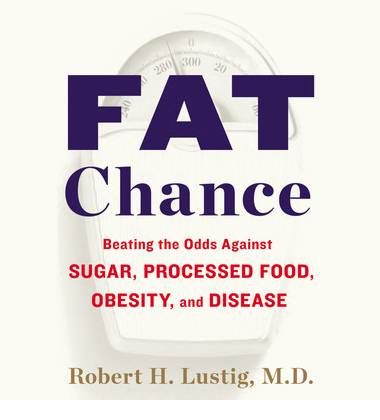How to Navigate the Diet Landscape
Leading nutrition expert Robert Lustig surveys the top diet plans and explains how to make each succeed for you
Most people will put themselves on a diet in an attempt to lose weight, ostensibly by controlling their food environment. But why do these diets work for some and not for others? Do any perform as advertised? What's the most rational diet for you?
(MORE: Fiftysomething Diet: 5 Nutrients You Need Right Now)
All successful diets share three precepts: low sugar, high fiber (which means high micronutrients), and fat and carbohydrate consumed together in the presence of an offsetting amount of fiber. Anything after that is window dressing.
The Low-Carb (Atkins) Diet For the most part, the low-carb diet is an effective way to lose weight and improve metabolic health. The most famous option is the Atkins diet, which says, "Bring on the bratwurst, banish the bun."
But there are some issues that complicate its use as a full-time diet regime: First, the quality of the fat counts, and scarfing down bad ones can be detrimental. Also, the Atkins diet cuts out milk because lactose is a carbohydrate — there goes the vitamin D for your bone health. And the higher protein forces urinary calcium loss, putting your bones at even greater risk. Finally, adherence to the Atkins diet is very uneven. Do you really need to be this extreme?
The Vegetarian/Vegan Diet Eating vegan or vegetarian is no protection against obesity or metabolic syndrome. Processed foods devoid of animal products can be just as bad for you as those containing them. So it's all in the execution. If you eat the way our gatherer ancestors did — consuming the food as it comes out of the ground — you're good to go, although you might need to supplement your diet with calcium and vitamin D. But not if you eat the "processed" vegetarian diet offerings on the middle shelves of the supermarket, with fat and sugar additives for palatability and the removal of fiber for shelf life.
The Mediterranean Diet In Ancel Keys' Seven Countries study, this diet was associated with lower death rates from heart disease and it was soon popularized in America. Here's what's in the real Mediterranean diet: high olive oil consumption (monounsaturated fat); legumes (beans, lentils, peas); fruits, vegetables, and unrefined grains (fiber); dairy products (saturated fat); eggs (high-quality protein); fish (omega-3s); and wine in moderation (resveratrol and flavonoids).
The Ornish Diet Popularized by Dean Ornish at the University of California, San Francisco, this diet has been proven not only to promote weight loss but to reverse heart disease and improve cellular health, hypothetically increasing your lifespan. Ornish advises participants to get no more than 10 percent of their calories from fat. Here's what's allowed: beans and legumes, fruit, whole grains and vegetables. In other words, all fiber, all the time. Ornish allows nonfat dairy products in moderation. And here are the no-nos: meat of all kinds, poultry, oils and oil-containing products, nuts and seeds, sugar and alcohol. It's the no-fun diet.
(MORE: Does Weight Loss Require Help From Above?)
The Paleolithic Diet Low-carb and high-fat, the Paleolithic diet includes foods that were available to our ancestors prior to agriculture: meat, fish, nuts, natural fruits and vegetables. It excludes milk, grains and processed foods of any sort. My UCSF colleague Dr. Lynda Frassetto has shown that even 10 days of a Paleolithic diet can improve blood pressure, insulin sensitivity, glucose tolerance and lipid profiles, whether or not you lose weight.
One issue with the Paleolithic diet is the lack of vitamin D and calcium — not an issue for our ancestors, who spent all their time outdoors. This diet also excludes all grains, including those with fiber. But perhaps the biggest problem is its expense: To do this diet right costs way more than a trip to Whole Foods, which means the poor aren't invited to the Caveman Party.

So What's the Answer?
What do at all these diets share? Two things. They are all low in sugar and high in fiber (and, therefore, high in micronutrients). That's what matters. You now hold the keys to the kingdom.
(MORE: 6 Hidden Sugar Mines in Your Diet)
Michael Pollan, in his New York Times article "Unhappy Meals," exhorts us: "Eat food. Not too much. Mostly plants." That's seven words. I'll reduce it to three: Eat real food. The "not too much" will take care of itself. And the "mostly plants" isn't a worry if you eat the plants as they came out of the ground, or the animals who ate the plants that came out of the ground.
All real food is inherently good. It's what we do to it that is bad. Food processing is the Mr. Hyde of the obesity pandemic. The way to reverse it is to do the opposite, to stop altering food and instead consume it in its natural state.
Robert H. Lustig, M.D, is a professor of pediatrics in the Division of Endocrinology at the University of California, San Francisco, and the author of the new book Fat Chance: Beating the Odds Against Sugar, Processed Food, Obesity and Disease (Penguin, 2012), from which this article was adapted.

